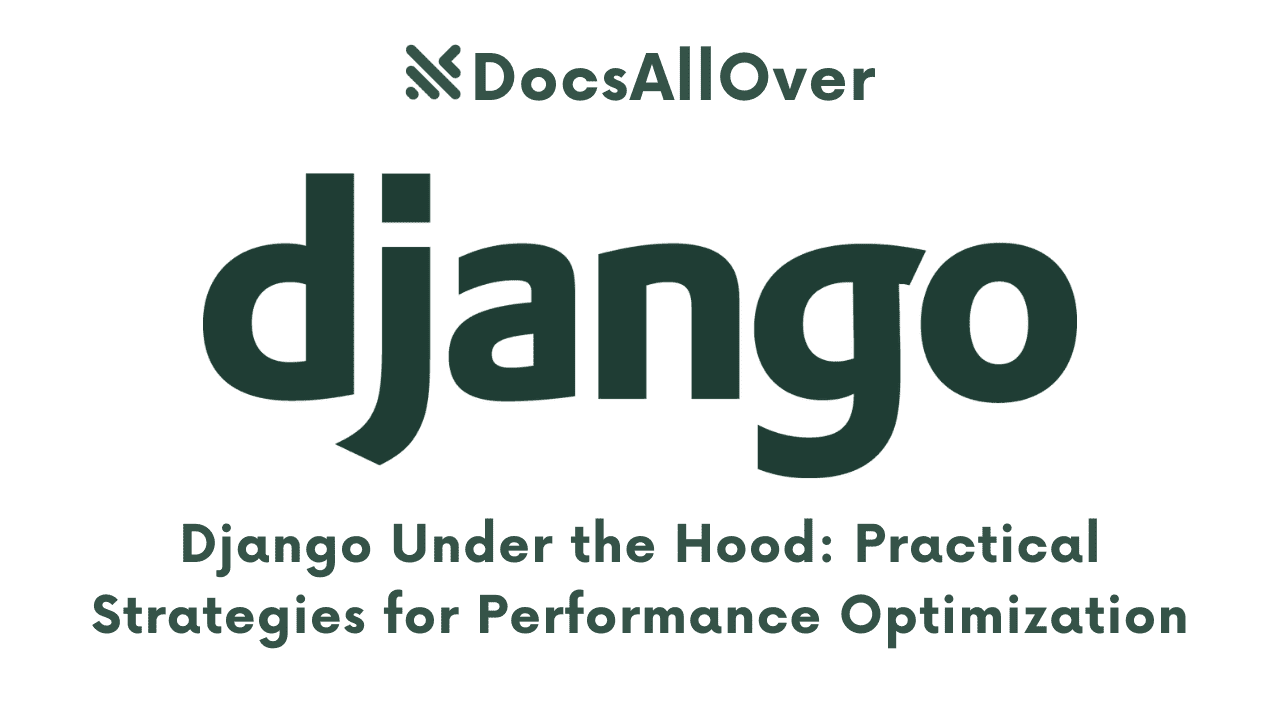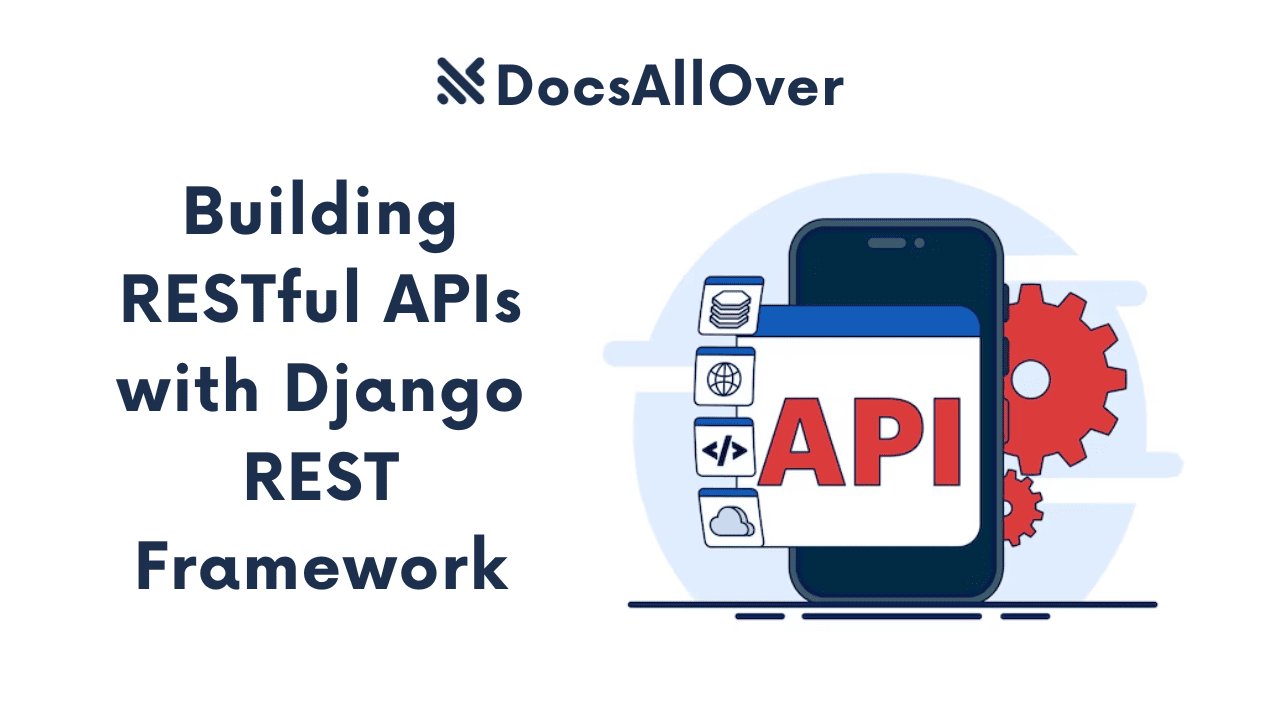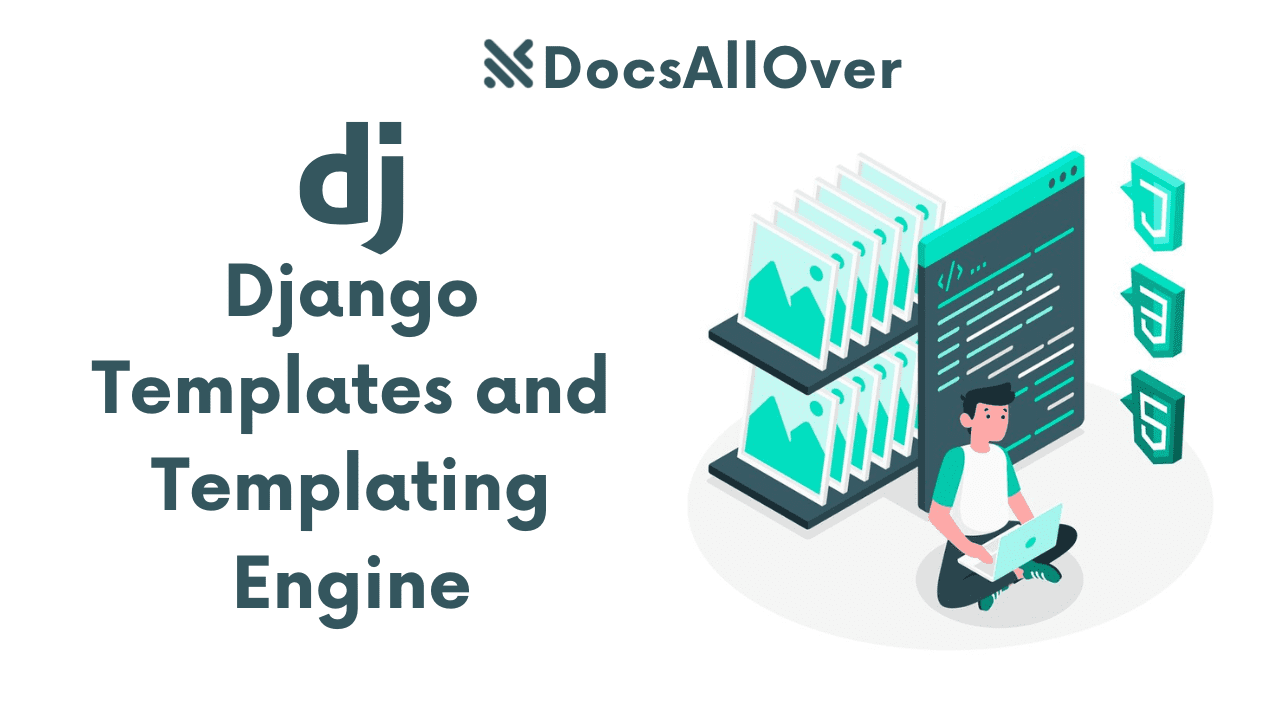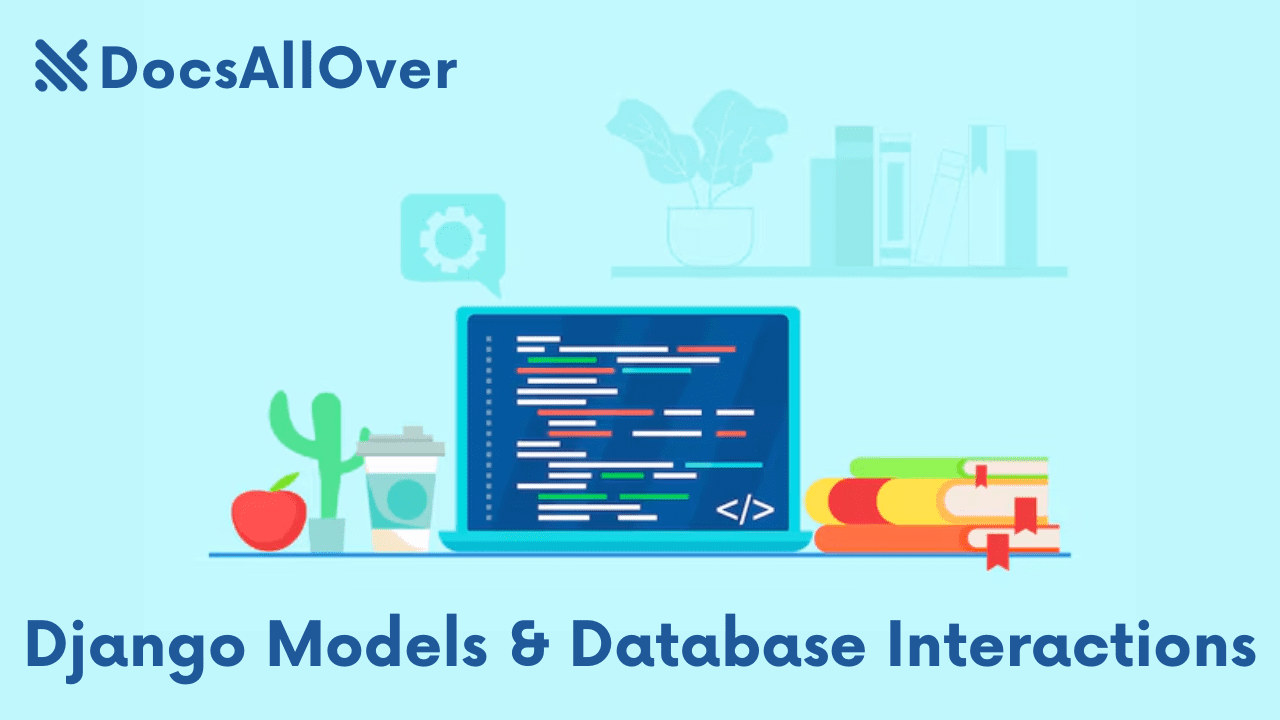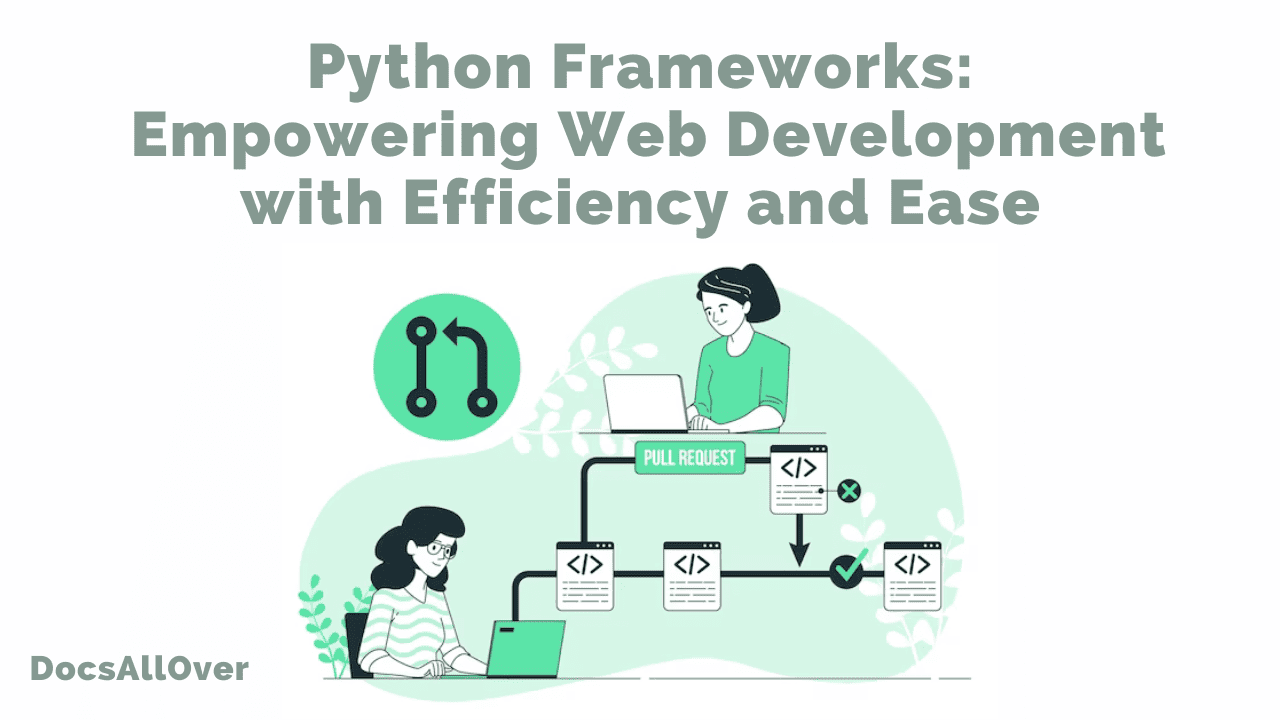Building Your First Web API with Python: A Step-by-Step Guide
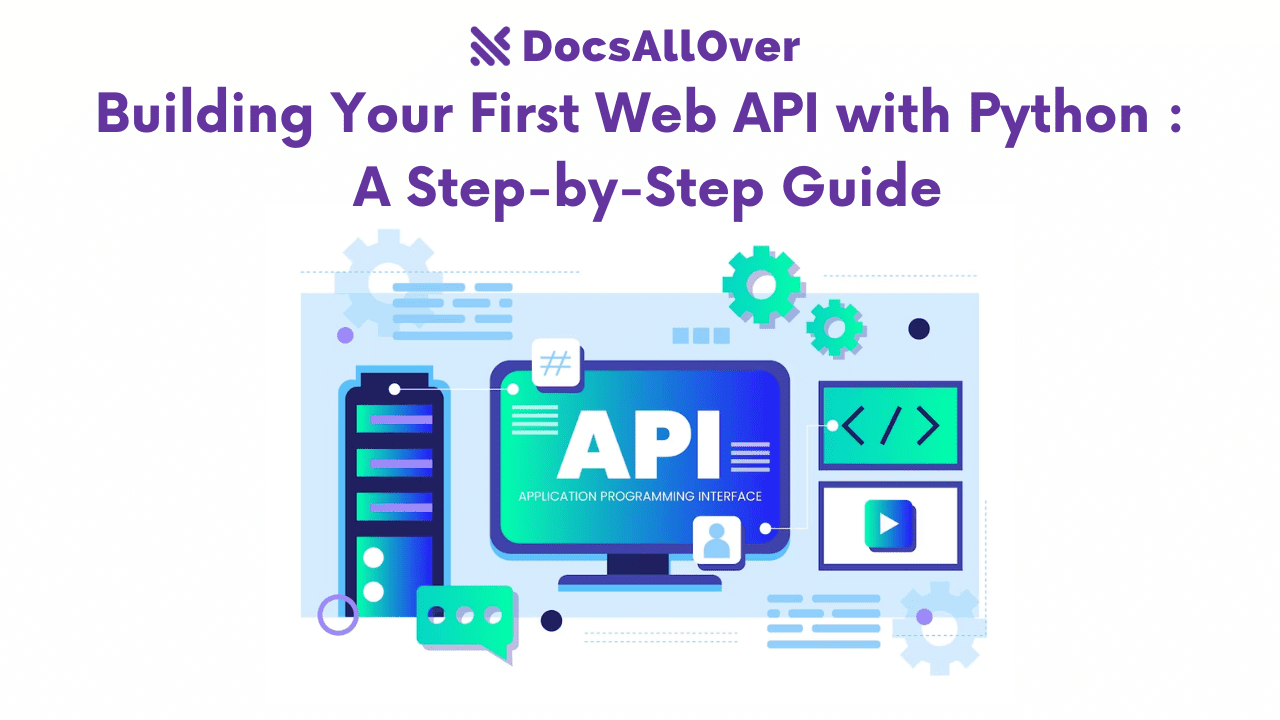
Building Web APIs with Python: A Powerful Combination
The web development landscape thrives on interaction and data exchange. This is where Web APIs (Application Programming Interfaces) come into play. APIs act as intermediaries, allowing different applications to communicate and share resources. They provide a structured way for applications to request and receive data, enabling functionalities like user authentication, data updates, and content retrieval.
The importance of web APIs is undeniable. They are the backbone of modern web applications, powering features like social media integrations, interactive maps, and real-time data updates. As web development continues to evolve, APIs will play an increasingly crucial role in building connected and dynamic web experiences.
Why Python? A Language Well-Suited for API Development
Python stands out as a powerful and versatile language for building web APIs. Here's why:
- Readability: Python boasts a clean and concise syntax that resembles natural language. This makes it easier to write, understand, and maintain API code, especially for developers coming from other programming backgrounds.
- Extensive Libraries: The Python ecosystem is rich with well-developed and well-maintained libraries that streamline API development. Popular options include Flask, Django REST Framework, and FastAPI. These libraries provide pre-built functionalities for handling requests, responses, data serialization (converting data into a format for transmission), and authentication, saving developers time and effort.
- Large and Active Developer Community: Python enjoys a vast and active developer community. This translates to readily available resources, tutorials, and support for troubleshooting any challenges you encounter during API development.
In the following sections, we'll delve deeper into building web APIs with Python using a popular framework like Flask. We'll explore code examples and demonstrate how to leverage Python's strengths to create robust and efficient APIs.
Understanding REST APIs: The Foundation for Building Web APIs with Python
Web APIs can be designed following various architectural styles. Among these, REST (Representational State Transfer) stands out as a widely adopted and popular approach. Let's explore the core principles of REST APIs and how they interact with resources using HTTP methods.
REST: A Structured Approach to Web API Design
REST architecture emphasizes a set of guidelines that ensure a clean and predictable way for APIs to communicate. It focuses on resources, representations, and interactions between clients (applications requesting data) and servers (applications providing data). Here are some key characteristics of REST APIs:
- Resource-Based: REST APIs organize data around resources, which can be anything from user accounts to products in an online store. Each resource has a unique identifier and can be accessed through specific URLs.
- Stateless: Each request made by a client to a REST API is considered independent. The server doesn't store contextual information about previous requests; all necessary information must be included in the current request.
- Standardized Interface: REST APIs leverage HTTP methods such as GET, POST, PUT, and DELETE to perform CRUD (Create, Read, Update, Delete) operations on resources. This standardized approach makes it easier for different applications to understand and interact with the API.
HTTP Methods: The Language of REST APIs
REST APIs rely on HTTP methods to specify the intended action on a resource. Let's break down the most common methods:
- GET: Used to retrieve data from a resource. For example, a GET request to
/users/123might retrieve information about a specific user with ID 123. - POST: Used to create a new resource. A POST request to
/productswith product information in the request body might create a new product on the server. - PUT: Used to update an existing resource. A PUT request to
/users/123with updated user data might modify the details of the user with ID 123. - DELETE: Used to delete a resource. A DELETE request to
/products/456might remove the product with ID 456 from the system.
By understanding these HTTP methods and how they interact with resources, you can build robust and efficient REST APIs with Python. In the next section, we'll delve into creating a simple Flask application that demonstrates these concepts with code examples.
Now that we've explored the foundations of REST APIs, let's dive into the practical aspects of building them with Python. Here, we'll encounter powerful frameworks that streamline the development process.
Popular Python Web Frameworks for Building APIs
Python offers a variety of web frameworks specifically designed to simplify API development. Here are two prominent options:
- Flask: A lightweight and versatile microframework, Flask excels at creating simple to moderately complex APIs. It provides a core set of functionalities, allowing developers to customize the architecture and integrate additional libraries as needed. This flexibility makes Flask ideal for smaller-scale APIs or those with specific requirements.
Microframework Concept: Ideal for Lightweight APIs
Microframeworks like Flask are designed to be minimalistic. They offer essential tools for building web applications and APIs but leave much of the structure and configuration up to the developer. This approach provides greater control and flexibility, making microframeworks suitable for building lightweight and focused APIs.
Crafting Your API with Flask (Example): Building a Simple Hello World API
Now that we've explored the fundamentals of building web APIs with Python and popular frameworks, let's get our hands dirty and create a basic API using Flask! This example will serve as a stepping stone for developing more complex APIs in the future.
Setting Up a Flask Application
Install Flask: You'll need Flask installed. Open your terminal or command prompt and run:
The first step involves initializing a Flask application. This creates the foundation for your API and provides functionalities for handling requests, routing, and responses. Here's a code snippet demonstrating the setup:
Here, we import the Flask class and create an instance named app. This instance becomes the central object for your Flask application.
Defining Routes (Endpoints): Mapping URLs to Functionality
Flask uses decorators to define routes, which are essentially URLs that map to specific functions in your application. These functions handle incoming requests and generate responses. Let's create a simple route for our "Hello World" API:
In this example:
@app.route('/hello', methods=['GET'])is the decorator that defines the route./hellospecifies the URL path for this endpoint.methods=['GET']indicates that this endpoint only handles GET requests (requests intended to retrieve data).- The
hello_worldfunction is associated with this route. When a GET request is sent to/hello, this function is executed. - The function simply returns a string message, "Hello from your Python API!".
Handling Requests and Generating Responses
When a client application sends a request to your API endpoint (e.g., a GET request to /hello), the corresponding function defined in the route handles it. This function can perform various actions like retrieving data from a database, processing user input, or generating a custom response. Here, our hello_world function simply returns a pre-defined message.
Running Your Flask Application
Once you have defined your routes and functionalities, you can run the Flask application to make it accessible. Use the following code block:
- This code ensures that the application only runs when executed directly (not when imported as a module).
app.run(debug=True)starts the development server and enables debug mode. This provides helpful information about incoming requests and errors in the console.
Testing Your API
With your Flask application running, you can test your API endpoint using tools like Postman or by directly sending requests through your web browser. For our example, a GET request to http://localhost:5000/hello (assuming your Flask app runs on port 5000) should return the message "Hello from your Python API!".
This basic example demonstrates the core concepts of building APIs with Flask. We explored setting up a Flask application, defining routes with decorators, handling requests, and generating responses. While simple, this example lays the foundation for developing more elaborate APIs that interact with databases, perform calculations, and handle complex data structures. In the next section, we'll delve into building an API that performs CRUD operations on a list of tasks, showcasing functionalities like data manipulation and JSON serialization.
Deployment and Testing: Making Your Python API Accessible and Reliable
Once you've crafted your Python API, it's time to make it accessible to the world (or at least the intended users)! This section covers deployment strategies and testing tools to ensure your API functions smoothly in a real-world environment.
Deployment: Bringing Your API Online
The deployment process involves making your Flask application available on a web server. Here are two common approaches:
- Local Development Server: During development, you can leverage Flask's built-in development server using the
app.run(debug=True)command. This is ideal for testing and iterating on your API code, but it's not suitable for production environments due to security and performance limitations. - Web Server Deployment: For production environments, consider deploying your Flask application to a web server like Gunicorn or uWSGI. These production-grade servers handle high traffic volumes and provide additional functionalities like process management and security features.
Testing Your API: Guaranteeing Functionality and Performance
Rigorous testing is crucial for a robust API. Here are some tools to ensure your API functions as expected:
- Postman: A popular HTTP client application that allows you to send various types of requests (GET, POST, PUT, DELETE) to your API endpoints, inspect responses, and manage different API environments. This visual tool simplifies testing different functionalities and scenarios.
- Unit Testing Frameworks: Frameworks like
pytestandunittestenable writing unit tests for individual functions within your API code. These tests run in isolation and verify the correctness of specific functionalities. - Integration Testing: Here, you test how different parts of your API interact with each other and with external systems (databases, third-party services). Tools like Selenium can automate browser interactions to simulate user behavior and test API integration with front-end applications.
By combining these deployment and testing strategies, you can ensure your Python API is well-crafted, well-tested, and ready to serve its intended purpose in a production environment.
Building web APIs with Python offers a powerful and versatile approach for web development. This blog series explored the fundamentals of web APIs, the strengths of Python for API creation, and the practical aspects of building APIs using Flask. We covered setting up a Flask application, defining routes, handling requests, and deploying your API to a web server. Remember, this is just the beginning! As you explore more advanced functionalities and integrate with databases and authentication mechanisms, Python empowers you to create robust and scalable APIs that fuel the ever-evolving web landscape.
